Table of Contents
Bones are compostable, but careful preparation and optimal conditions are crucial to successfully process them. Aside from nitrogen, leftover bones have calcium and phosphorus that can enrich your compost and garden soil. Flowering plants will benefit from bone compost as these nutrients are essential for flower growth and production.
Due to their density, bones have a slow decomposition rate. Preparing them as a bone meal before adding them to your compost will help accelerate their decomposition.

If you are unable to home compost bone scraps, other sustainable alternatives are possible. Homemade bone meal can be used to feed livestock and pets, and applied as low-cost fertilizer for plants.
Learn the ins and outs of composting bones with our comprehensive guide below!
Types of Bones for Composting
Some types of animal bones are easier to compost than others.
Chicken and Other Poultry Bones
Chicken, duck, turkey, and other cooked poultry bones decompose more efficiently than raw ones. By cooking your leftover bones, you can reduce the chance of bacterial contamination in your compost pile. These bacteria include Campylobacter, Clostridium perfringens, E. coli, and Salmonella.
Additionally, the slim size of chicken bones allows them to decompose faster than other types of bones.
Pork Bones
Pork bones break down slower than chicken bones. The bone’s fleshy parts, including marrow and meat residues, will decompose before the bone does.
Fish Bones
The small, thin size of fish bones allows them to decompose quickly. To reduce unpleasant smells, try drying your fish bones before adding them to your compost pile or heap.
Beef and Wild Game Bones
Because they are larger and tough, beef and wild game bones can be difficult to break down. Traditional home compost often struggles to dissolve these types of large bones quickly.
If you’re not in a rush to produce compost for your garden, you can include these bones. Some composters add these bones and wait for the marrow and meat residues to break down. They then sift out the remaining bones for disposal elsewhere.
How to Compost Bones
Although bones are complicated to compost, they can provide calcium, carbonate, and phosphate to your compost pile and garden. With proper preparation and the right composting methods, you can successfully convert bone scraps into homemade, nutrient-rich compost.
Preparing Bones for Composting
Raw bones should be boiled or cooked before going into your compost pile. Doing this step will soften the bones, and reduce the risk of bacterial contamination. Fill your stockpot with enough water to cover the leftover bones. If you want to use the resulting stock, add your choice of herbs, seasonings, and spices. Let it boil for 30 to 60 minutes. Doing this step will soften the bones, making them easier to break down.
Fish out the bones, and pat them dry. Once they cool down, place them on a baking sheet and put them in an oven preheated to 400 degrees Fahrenheit. Keep checking until they’re completely brittle and dry. If you don’t have an oven, you can sun-dry the bones.
Smash or pulverize the dried bones using a mallet or a mortar and pestle.
Integrate the resulting bone fragments into your compost pile as a nitrogen-rich green material.
Optimal Composting Conditions for Bones
Aim for a balanced mix of green and brown materials when composting bones to create a healthy compost. Full of nitrogen, pulverized bones can boost the microbial activity in your compost pile. Stick to the carbon-to-nitrogen ratio of 25 to 30 parts brown materials to 1 part green materials. Position the pulverized bones at the bottom center of your compost pile or bin when layering.
While composting bones, ensure the moisture levels remain balanced to avoid unpleasant odors from anaerobic decomposition. If the compost pile is too wet, add more carbon materials such as dead leaves, shredded unbleached paper, or untreated sawdust.
The ideal temperature range for a hot compost pile is 90 to 140 degrees Fahrenheit. However, to effectively decompose bone scraps, aim for temperatures between 130 and 160 degrees Fahrenheit. These high temperatures can kill harmful bacteria and pathogens that may be present in animal bones and meat residues. You can achieve these temperatures by maintaining a good balance of organic materials, aerating the pile regularly, and monitoring its internal temperature.
How Long Do Bones Take to Compost?
The rate at which bones decompose depends on the conditions of your compost pile and the bone type. Because of their natural hardness and high density, bones take a significant amount of time to compost.
In a well-managed pile, fish bones, for example, can break down in a few months. Chicken bones can decompose in two months with the right preparation.
On the other hand, uncut bones, especially thick ones, can take up to a year or even a decade to break down.
How Bones Affect the Composting Process
Calcium and phosphorus from bone scraps can be beneficial to your soil, but their slow decomposition can attract pests and produce uneven compost if prepared incorrectly.
Impact on Decomposition
Since decomposition of bones can take a significant amount of time, your other organic materials will decompose while dense bone pieces can remain in the compost.
Pulverizing leftover bones first and aiming for the right conditions will help accelerate their decomposition.
Microbial Activity
Bone scraps release nitrogen, which improves microbial activity in your compost pile.
A healthy community of microorganisms speeds up the decomposition rate of your organic matter, including bones. As they break down, bones release useful nutrients like calcium, thus enriching your compost’s nutritious content.
Temperature and Moisture
A steady activity of microorganisms can generate heat, increasing the internal temperature of your compost pile. Incorporating bone scraps into your compost pile will support its microbial activity, leading to an increase in its internal temperature.
Avoid including wet bones that haven’t been dried as they introduce additional moisture into your compost pile. If you leave your pile unturned, this excess moisture could lead to anaerobic decomposition, resulting in a foul-smelling compost that attracts pests.
Potential Issues With Composting Bones
Some composters keep away from bones due to pest concerns. In addition, bones can break into small pieces within the compost, potentially causing injuries.
Will Composting Bones Attract Pests?
Yes, composting bones can attract pests such as dogs, raccoons, and rodents. The scent of decomposing bones, including marrow and meat residues, are enticing to these animals. Secure your compost bin with a lid to protect your compost from pests. If you have an open pile, place a sheet of metal or wood over your pile.
Pest problems are less likely to occur in a well-maintained compost pile that has pulverized bone scraps.
Will Composting Bones Cause Odors?
Composting bones can produce unpleasant smells if not managed properly. A great preventive measure is to dry leftover bones until they’re crisp and then smash them into smaller pieces.
Excess moisture in your compost pile can also contribute to this risk, triggering anaerobic decomposition. You can minimize excess moisture by adding more carbon materials to the pile.
Methods for Composting Bones
Some methods work better for composting bones than others. Explore your options below and see what works best for your lifestyle and resources.
Hot Composting
Leftover bones are suitable for hot composting. The intense heat from hot piles, generated by composting microorganisms, breaks down your organic materials. Internal temperature should be kept between 90 and 140 degrees Fahrenheit. To kill bacteria and other pathogens found in animal bones, you can aim higher for 130 to 160 degrees.
Consistent turning and frequent temperature checks are crucial for a successful hot composting system. While this method requires more work than other composting processes, it creates compost faster.
Pulverized or smashed bone pieces should be buried deep at the center of your hot compost.
Cold Composting
Including bones in your cold compost can cause common composting issues. Bones will break down in a long time without the hot temperatures. Pests and smells can arise from unconventional compost materials in a traditional cold pile so it’s best not to add leftover bones to it.
Vermicomposting
Whole, uncut bones won’t decompose quickly in a worm farm. To integrate bone scraps into the worm’s diet, consider using them in the form of bone meal.
You can make your own bone meal by boiling, baking, and pulverizing leftover bones. The resulting bone meal can work as a fertilizer for your garden soil.
Aside from bones, ensure you feed the worms a variety of food to keep them healthy.
Bokashi Composting
You can compost unconventional kitchen scraps (like bones) through the Bokashi method. Fermenting microbes from Bokashi bran typically thrive on the carbohydrates and proteins found in food waste. If you have limited garden space, a Bokashi kitchen composter might be a good option for you.
Bokashi composting isolates your organic wastes, kickstarting anaerobic decomposition. A Bokashi kit typically includes a container and a lid. Once sealed, the Bokashi bin keeps unpleasant odors inside and protects your organic materials from pests.
Alternatives to Composting Bones
Consider other sustainable options if a home compost is unavailable.
Industrial Composting of Bones
Industrial composting facilities have high temperatures hot enough to break down leftover bones and convert them to nutrient-rich compost. These large-scale facilities vary on how they accept such waste. Contact your nearest facility to learn more.
Upcycling Bones
You can upcycle bones into phosphorus-rich bone meal fertilizer. During bloom, flowering plants require nitrogen, phosphorus, and potassium to stimulate flower growth. A readily available bone meal works well as an inexpensive source of these nutrients.
To produce a homemade bone meal, collect leftover bones and boil until soft. For a crispier result, some composters prefer to dry and bake them afterwards. If you do not have an oven, you may sun-dry the leftover bones after boiling. Once they’re brittle, pulverize the bones with a food processor or a mortar and pestle.
You can apply your homemade bone meal to soil as fertilizer in two ways. For dry usage, you can put the bone meal in planting holes or evenly spread it on top of your soil. The nutrients from the meal will gradually release into the soil.
Alternatively, you can add a tablespoon of bone meal to every gallon of compost tea or water.
Feeding Bones to Chickens and Livestock
You can safely feed minimal bone scraps to some animals if prepared correctly. Turn your leftover bones into bone meal to feed them to your animals. You can add it in moderation to animal feeds or other food sources.
Bone meal is rich in calcium and phosphorus–two nutrients crucial for bone growth and egg production in chicken and duck egg production.
Dogs can especially benefit from bone meal. The calcium content helps prevent arthritis and other bone conditions like hip dysplasia, while its phosphorus content promotes bone-building development and carbohydrate, fat, and protein synthesis.
Disposal Options for Bones
If none of the options are possible, gather your leftover bones and dispose of them in an appropriate garbage bin. Seal them in a bag and cover your bin to keep out animals.
What Bones Shouldn’t Be Composted?
Raw bones have bacterial contaminants that can be dangerous to your health and garden. Before adding to your compost, boil your leftover bones first to minimize these bacteria.
Bones that have been cured or treated with preservatives shouldn’t go into your compost, either. Preservatives and other substances can impede proper decomposition of your organic materials.
Safety and Precautions When Composting Bone
Composters suffering from immunity or respiratory issues should use a pair of gloves and a face mask when handling moldy bones. Most molds emit particles that can irritate both animals and humans.
When composting bones, it’s best to cover your compost bin or pile. To avoid health risks, always keep your compost out of the reach of pets or children.
Stay cautious of uneven bone fragments that could remain in the pile or garden soil, as they can cause injuries.
After your composting activity, wash your hands with soap and running water.
FAQ
Why don’t some composters put bones in their compost?
Some composters deem bones and other food scraps unconventional green materials because they attract pests and produce unpleasant smells. The United States Environmental Protection Agency advises to exclude bones (and other animal products) from a home compost due to these issues. However, with proper preparation and optimal conditions, you can efficiently and safely convert bone scraps into nutrient-rich compost.
Can bone meal be used as compost?
Yes, bone meal can be included in your compost bin or pile as a nitrogen-rich compost material. It will break down like the rest of your organic materials, and release calcium and phosphorus which are essential nutrients for your garden soil.
How to compost bones faster?
To accelerate their decomposition, pulverize leftover bones before adding them to your bin or pile. After drying the bones until brittle and crisp, use a food processor or a mortar and pestle to produce powder-like material from your bone scraps.





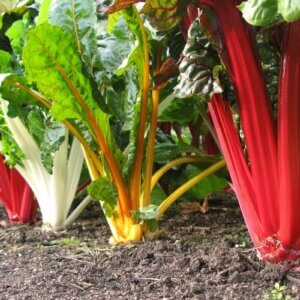
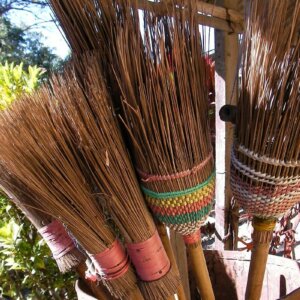
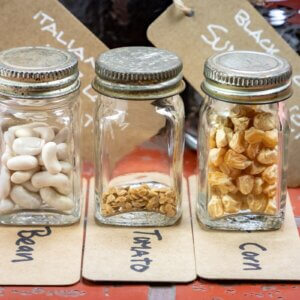

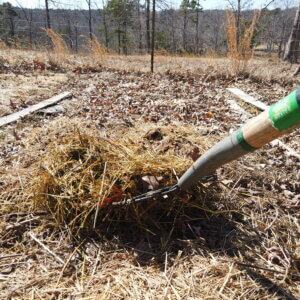
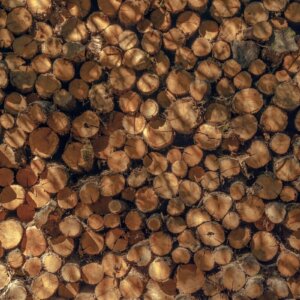
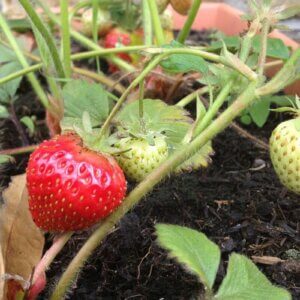
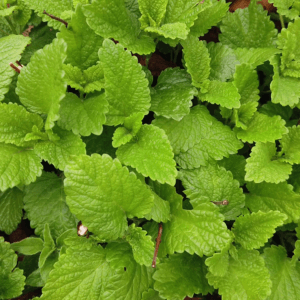
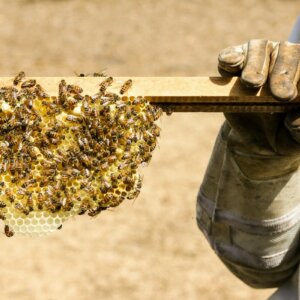


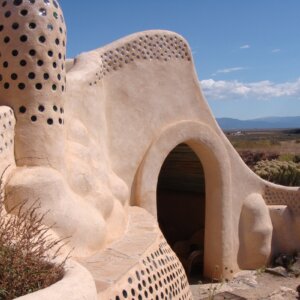


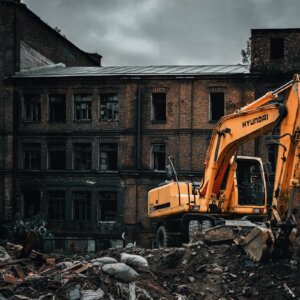

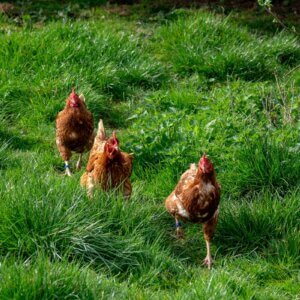

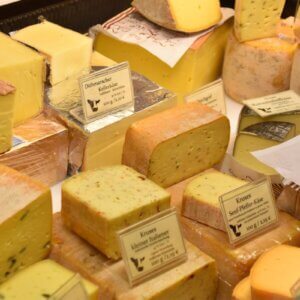
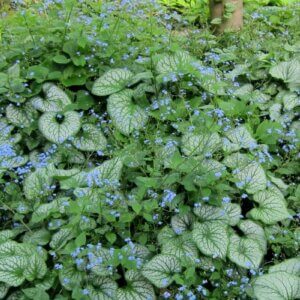

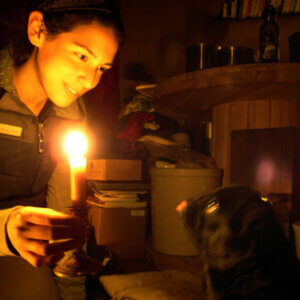
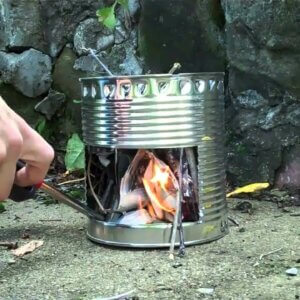

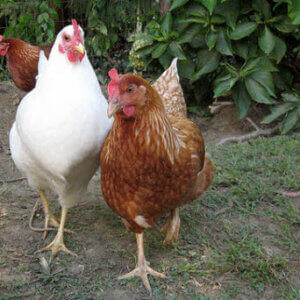
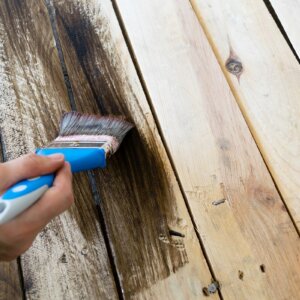
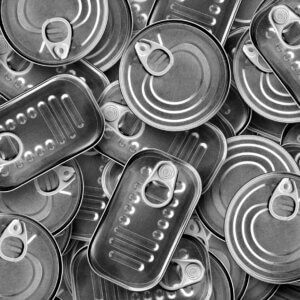
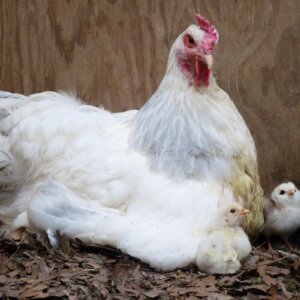
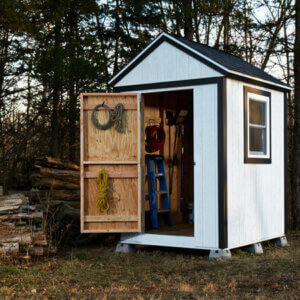
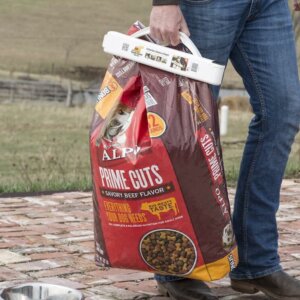
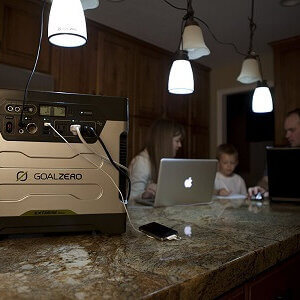
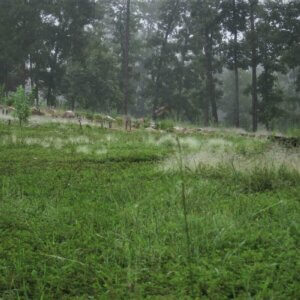
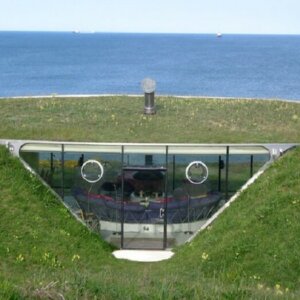

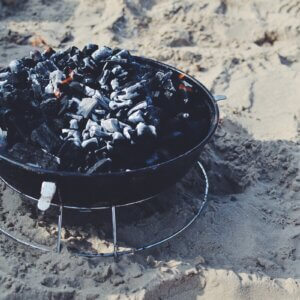


I’m wondering if it would be possible to reduce small bones like chicken using the barbecue by throwing them in with the charcoal before lighting it. I normally just throw the ash that shakes out of the bottom of my Weber onto the flower beds. In my area, phosphorus is the most expensive missing nutrient. Has anyone analyzed ash created by the kind of burning I described to determine whether the phosphorus ends up in the ash or in the air? I’m assuming that ash from commercial Kingsford charcoal must be free from contaminants because it some gets on the grilled food.
Great question. There might be trace metals and things in commercial charcoal (https://www.sciencedirect.com/science/article/abs/pii/S030438941001352X) but broadly “good charcoal is mostly pure carbon, called char, made by cooking wood in a low oxygen environment, a process that can take days and burns off volatile compounds such as water, methane, hydrogen, and tar… Char burns steady, hot, and produces less smoke and fewer dangerous vapors.” – https://amazingribs.com/more-technique-and-science/grill-and-smoker-setup/how-charcoal-is-made/
So you’re probably OK to compost *some* of it. If you’re using lighter fluid that might be worth further research. More commonly what I have heard about composting ashes is focused on not making the compost too basic, and not using it on acid-loving plants. That would be a reason to not go overboard on composting ashes.
My permaculture instructor Toby Hemenway used to tell a story about trying to grow in some garden beds at a rural property they purchased not being able to figure out why nothing would grow, until they dug in and took soil samples and realized the previous owners had been dumping fireplace ashes there for years.